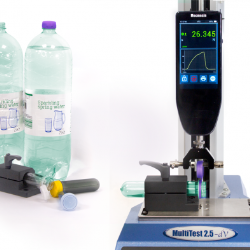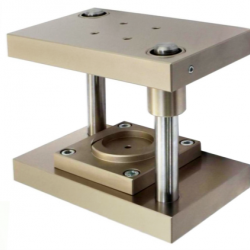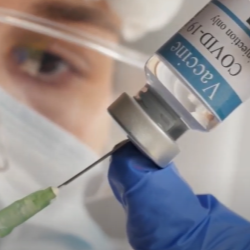Public
Mecmesin Catalog
Mecmesin Certificates
Mecmesin Documents
Mecmesin Locations
Mecmesin News
Mecmesin Videos
If this is your company, CONTACT US to activate Packbase™ software to build your portal.
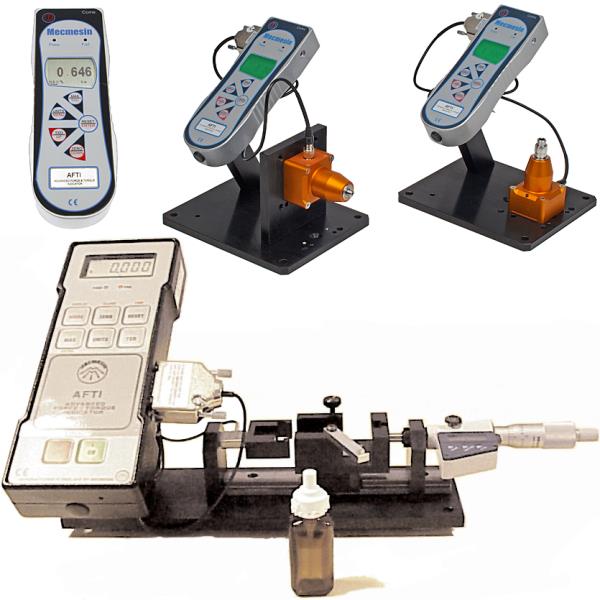

Specification
‘End float’ is the diplacement in mm of a product, in this case the cap of the inhaler, measured at a specific load.
The customer wished to apply a 3N load in both tension and compression to the cap of a new design of inhaler. Any resultant displacement from the nominal position then had to be measured.
Solution
The sample was laid horizontally into a slide-mounted nest and clamped into position. The cap of the bottle was rested in a location fixture connected to a 5N S-beam loadcell.
The nest was incremented forward using micrometer adjustment until a minimal compressive load was achieved, displacement at this load was zeroed.
The nest was then moved forward until a 3N alarm point was reached and the displacement of the load was noted (compressive end float). For the calculation of the tensile end float, the process was reversed.
The system was supplied with mechanical limit stops to prevent accidental overload of the small capacity loadcell. The use of both tension and compression visual and audible alarms provided a clear indication of when the test load had been achieved.
System
- AFTI
- S-Beam Junior Loadcell 5N
- Slide Mounted Rest
- Location Fixture
- Micrometer Adjustment Barrel
- Base Plate
Supplied to
GlaxoSmithKline, UK


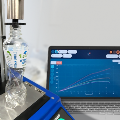
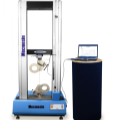
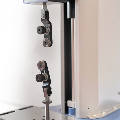
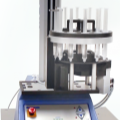
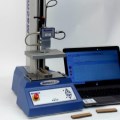

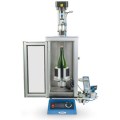
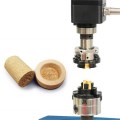

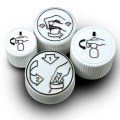

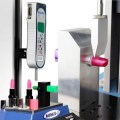
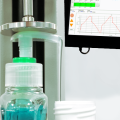
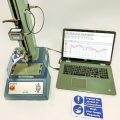
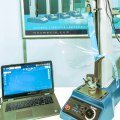
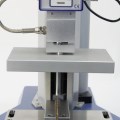
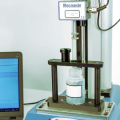

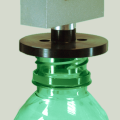
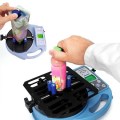
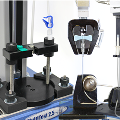

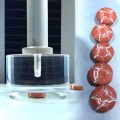
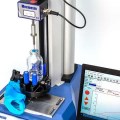
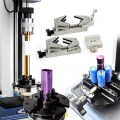

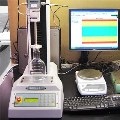
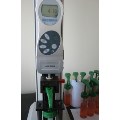
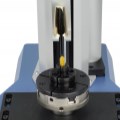
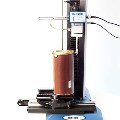
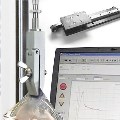

.jpg)


